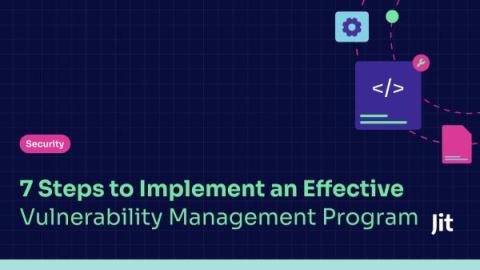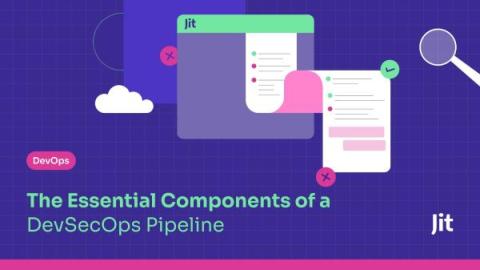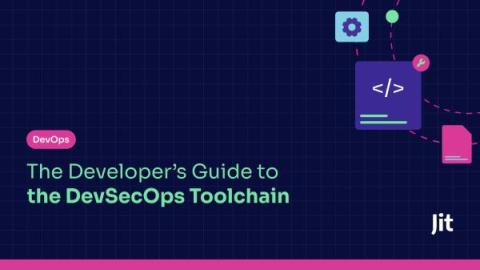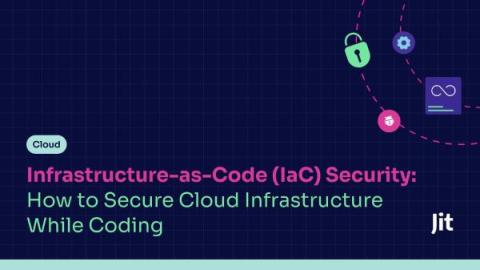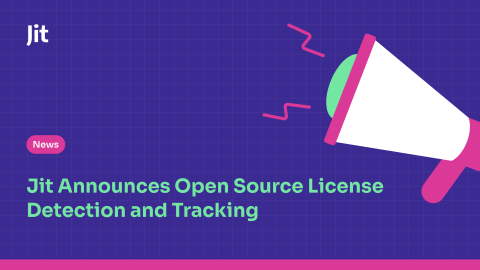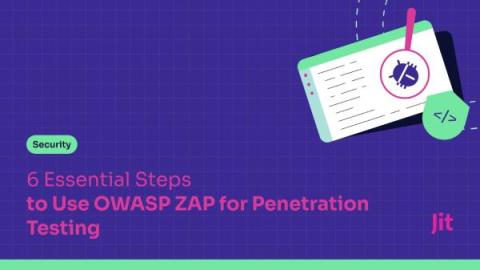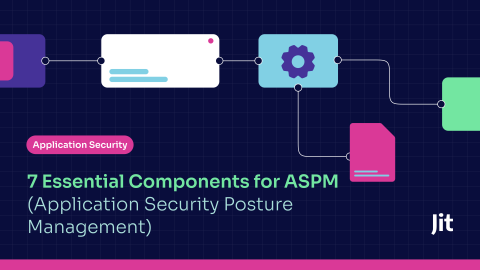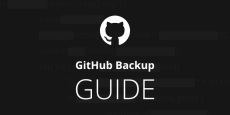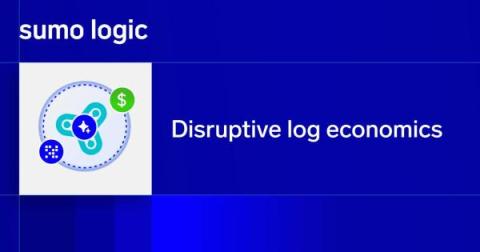7 Steps to Implement an Effective Vulnerability Management Program
When a new vulnerability is found, the race is on to either solve it or exploit it (depending on which side you’re on). But while attackers are getting faster, companies not so much. Dev teams take around 215 days to resolve a security vulnerability. The numbers are only marginally shorter when dealing with critical vulnerabilities. This delay is particularly concerning given the rise in zero-day exploits, where hackers take advantage of a security flaw before the organization even knows it exists.


